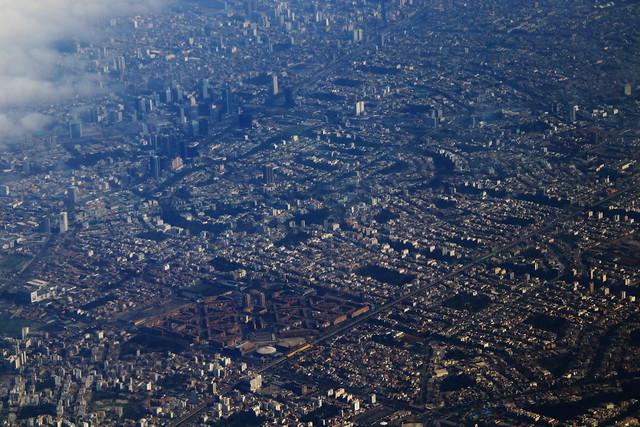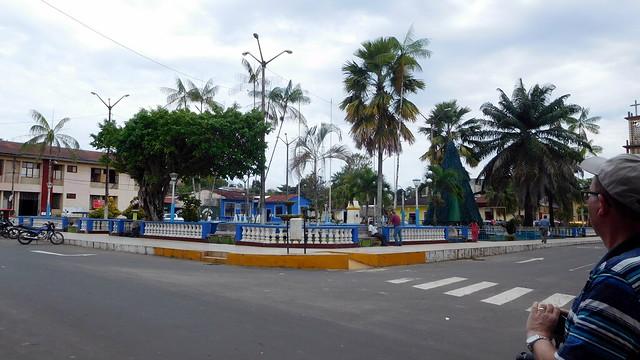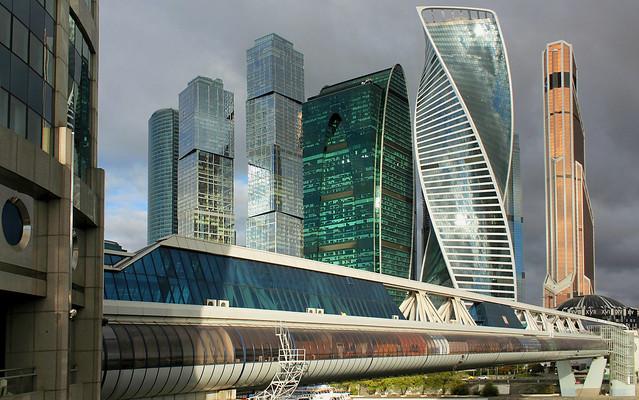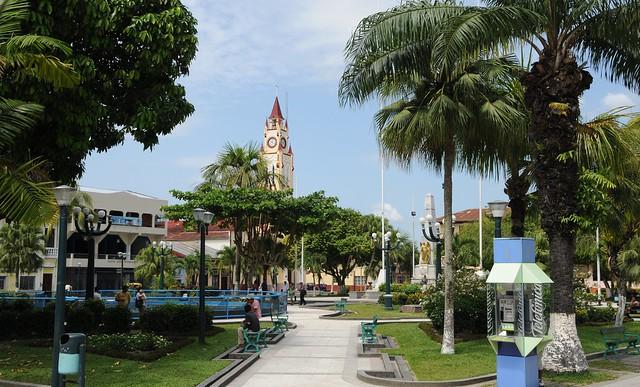Provincia de Tambopata
Overview
Geographical Context
Provincia de Tambopata is a captivating region nestled in the heart of the Amazon rainforest in Madre de Dios, Peru. It is characterized by its lush biodiversity, boasting a stunning array of flora and fauna that make it one of the most biodiverse regions on the planet. The Tambopata River, winding through the landscape, creates a picturesque setting that is both serene and teeming with life. This area serves as a gateway to several protected areas, including the Tambopata National Reserve and the Bahuaja Sonene National Park, both of which are vital for conservation efforts and provide a unique experience for visitors who seek to immerse themselves in the natural world.
Cultural Richness
The culture of Tambopata is a vibrant tapestry woven from the threads of indigenous traditions and the influences of modern Peruvian life. The region is home to several indigenous communities, including the Ese Eja and the Matsigenka, who maintain their ancestral customs and crafts. Travelers can engage with these communities, gaining insights into their traditional ways of life, art, and sustainable practices. Local markets offer a chance to explore unique handicrafts, from intricately woven textiles to beautifully crafted wooden artifacts, providing a tangible connection to the rich cultural heritage of the area.
Atmosphere and Lifestyle
The atmosphere in Tambopata is a delightful mix of tranquility and adventure. The region is not only a hotspot for ecotourism but also a haven for those seeking to escape the hustle and bustle of urban life. The small towns, like Puerto Maldonado, serve as charming bases from which to explore the surrounding rainforest. Here, the pace of life is slower, and the community is warm and welcoming. Visitors can savor local cuisine, which often features fresh river fish and exotic fruits, in family-run eateries that exude a homey feel. The evenings come alive with the sounds of the jungle, creating an enchanting backdrop for relaxation and reflection.
Historical Significance
Historically, Tambopata has played a significant role in the development of Peru’s natural resource economy, particularly in rubber extraction during the late 19th and early 20th centuries. This period led to a complex interplay between indigenous peoples and external economic interests, impacting social structures and the environment. Today, the region is a focal point for conservation and ecotourism, with ongoing efforts to protect its unique ecosystems and promote sustainable practices. The balance of preserving the rich history of exploitation while fostering a new era of respect for nature is a central theme in the region’s narrative.
Local Characteristics and Attractions
One of the most alluring aspects of Tambopata is its wealth of natural attractions. The Tambopata National Reserve, encompassing over one million acres, is a paradise for wildlife enthusiasts. Visitors can embark on guided tours to witness macaws, jaguars, and countless species of birds and butterflies. The iconic clay licks, where parrots and macaws flock to consume clay, offer a spectacular sight and a unique photographic opportunity. Additionally, the region is crisscrossed with trails leading to pristine lakes and hidden waterfalls, inviting exploration and adventure.
Overall, Provincia de Tambopata is a destination that invites you to connect with nature, culture, and history in a profound way. Whether you're trekking through the rainforest, engaging with indigenous communities, or simply soaking in the breathtaking landscapes, every moment spent here is an opportunity for discovery and appreciation of one of the world's most extraordinary environments.
Other towns or cities you may like in Peru
Explore other cities that share similar charm and attractions.






